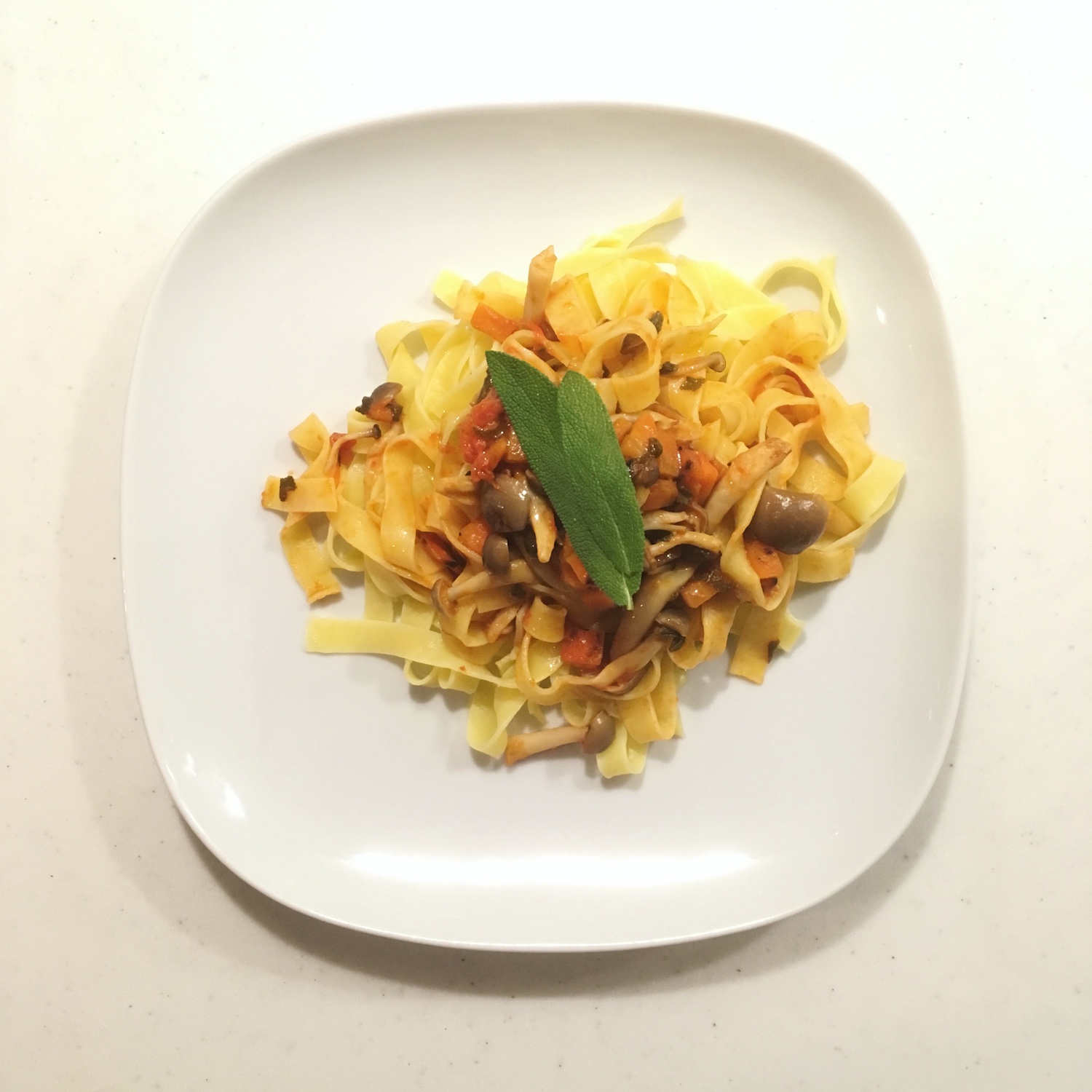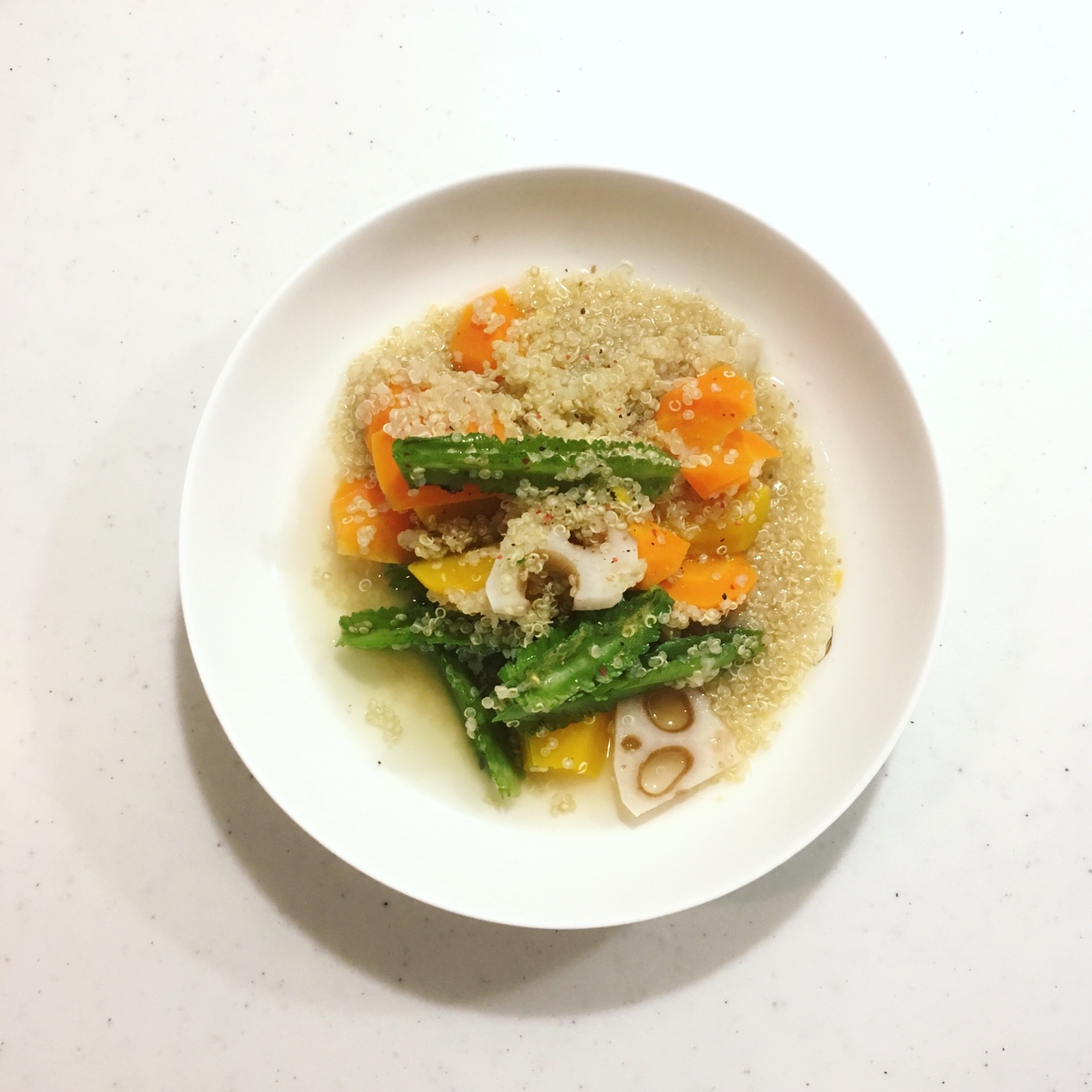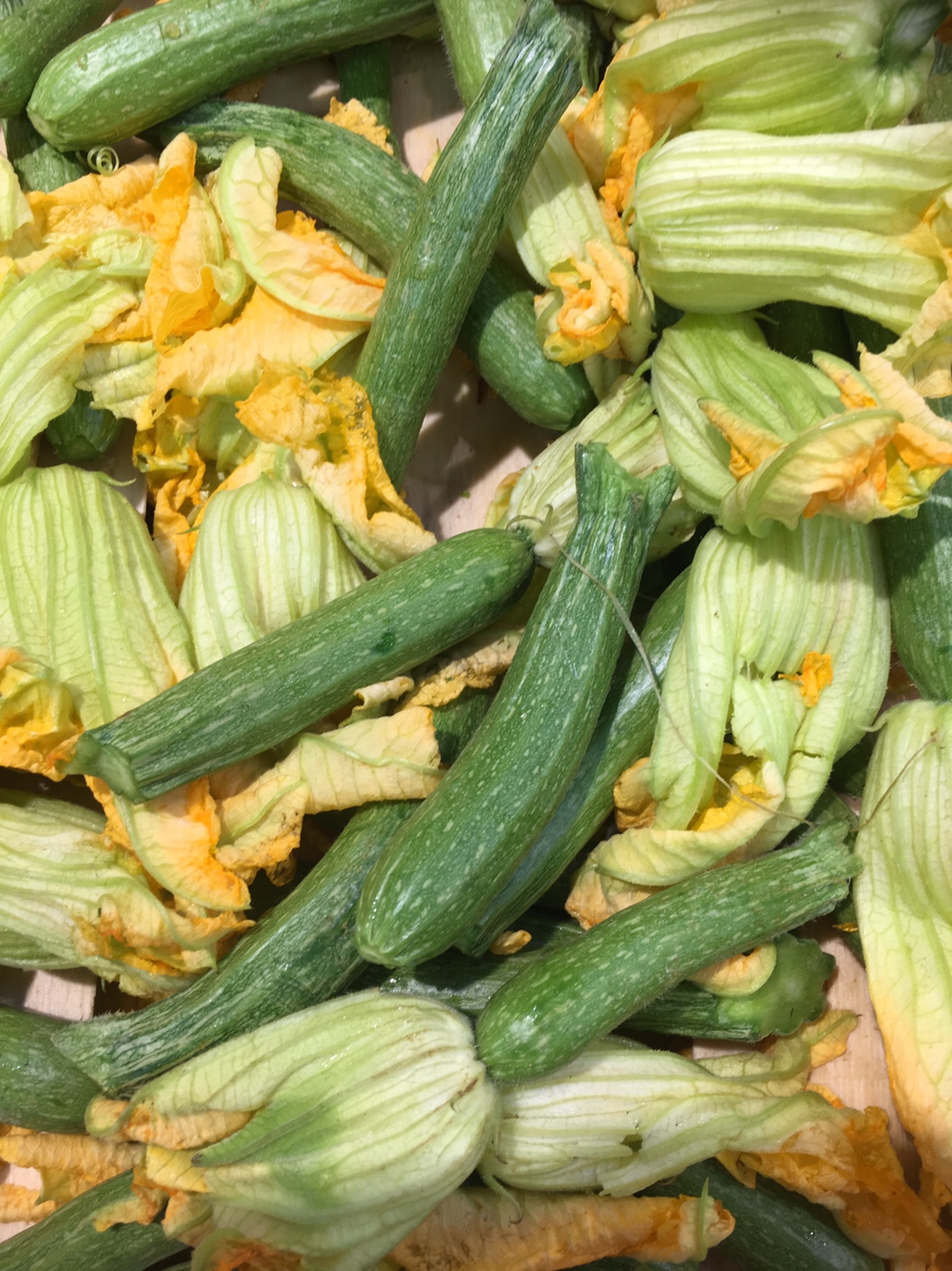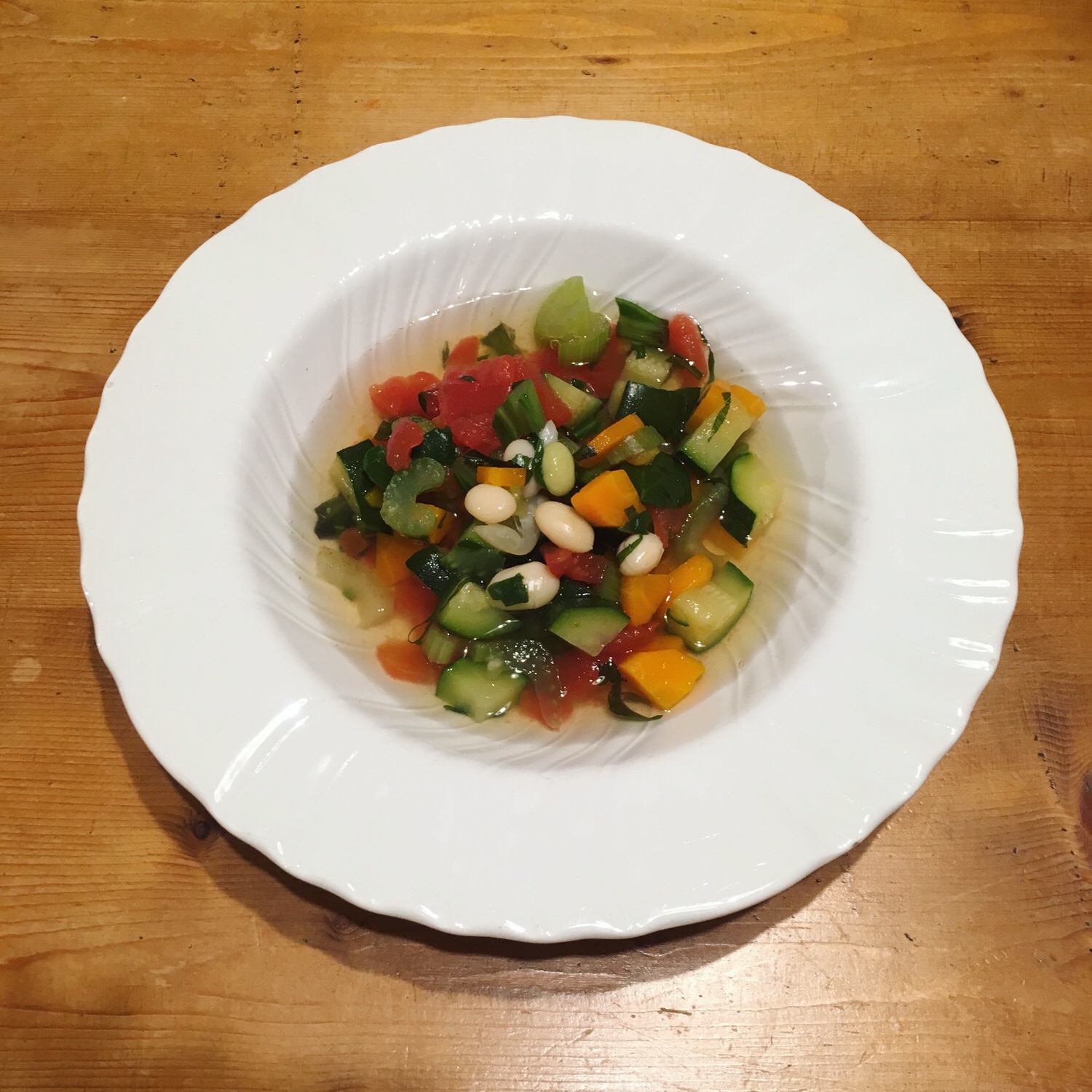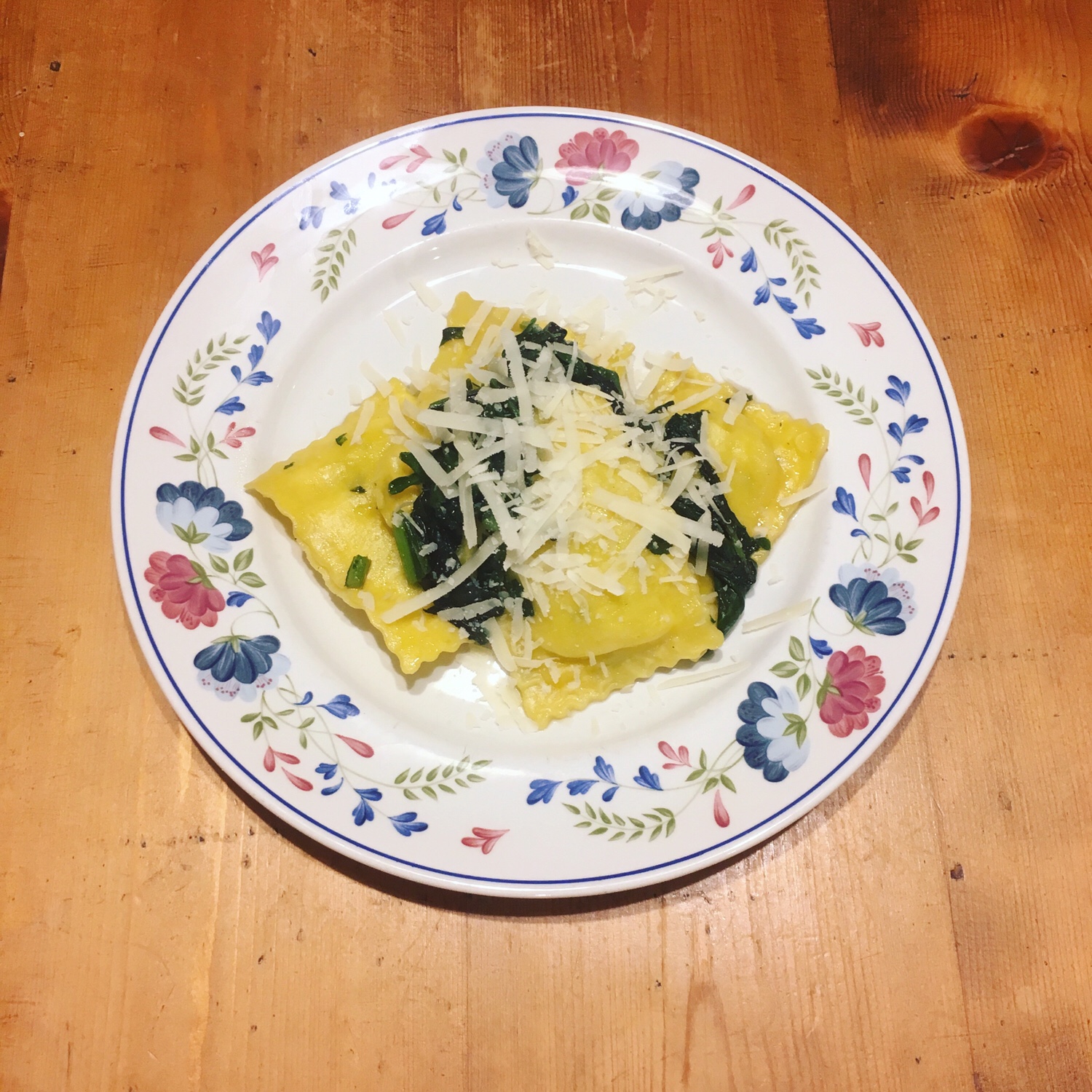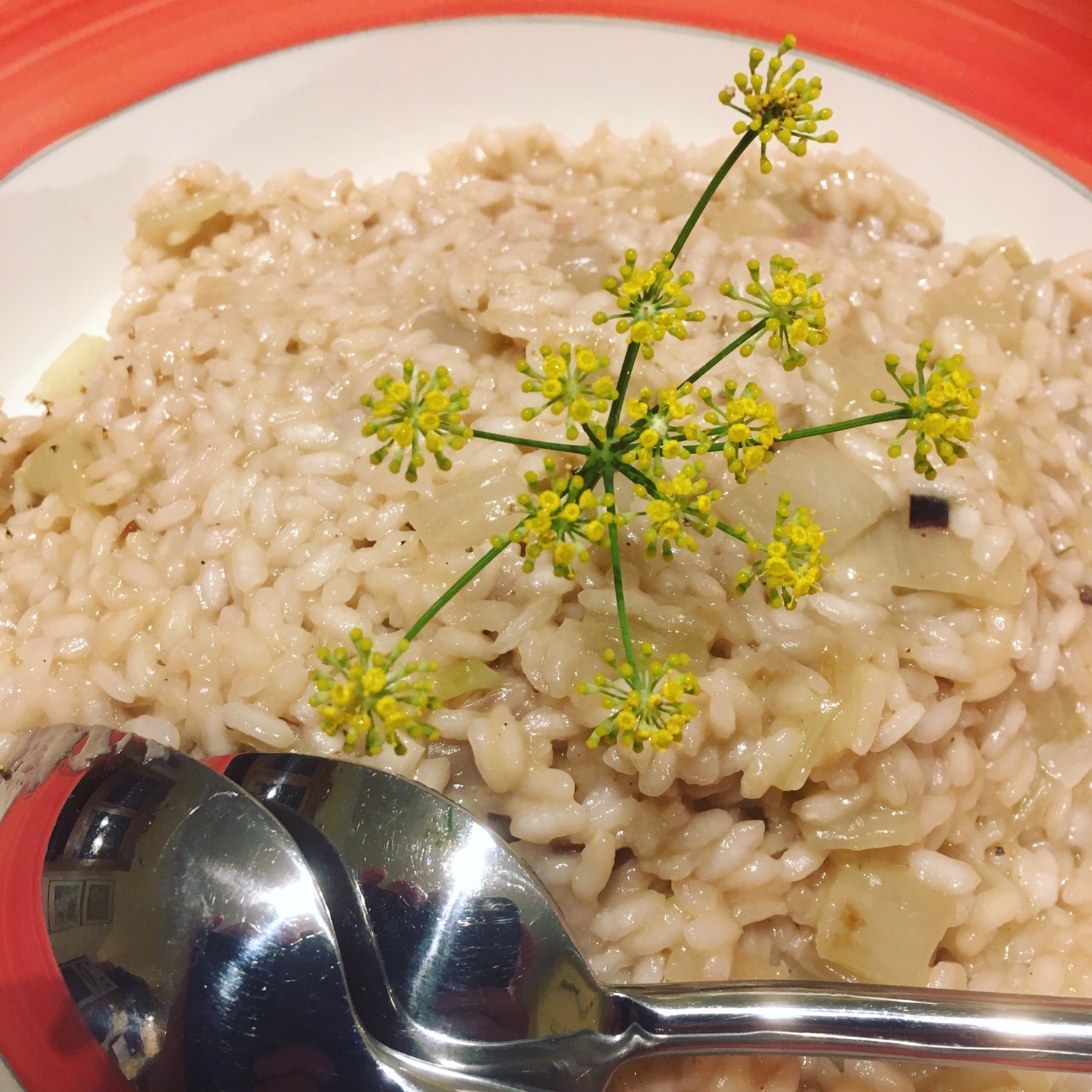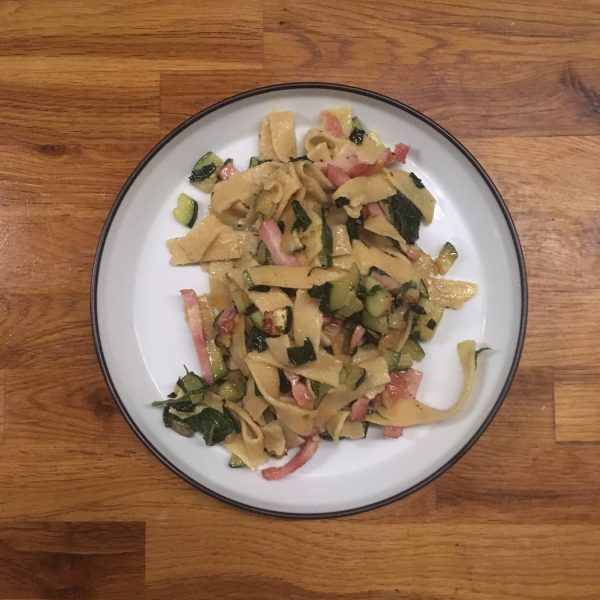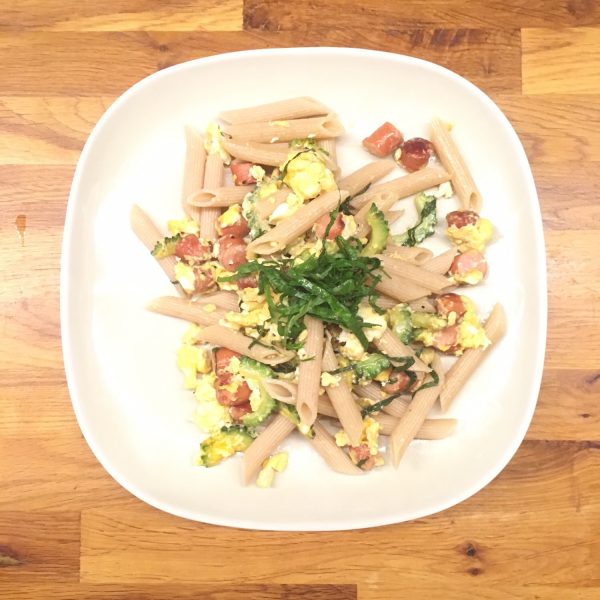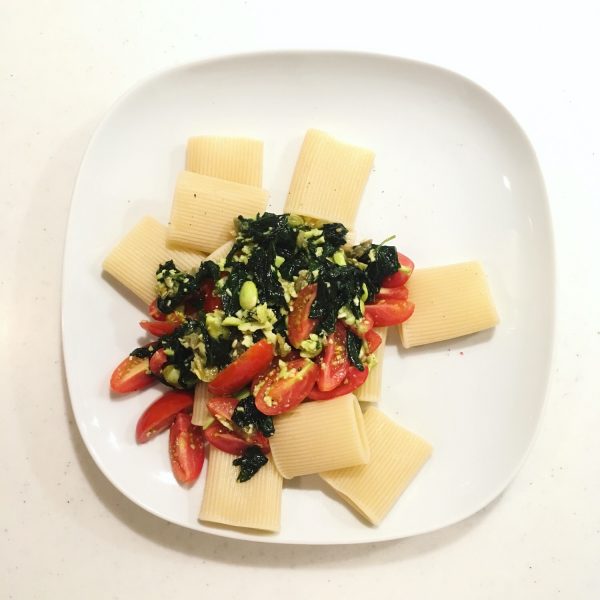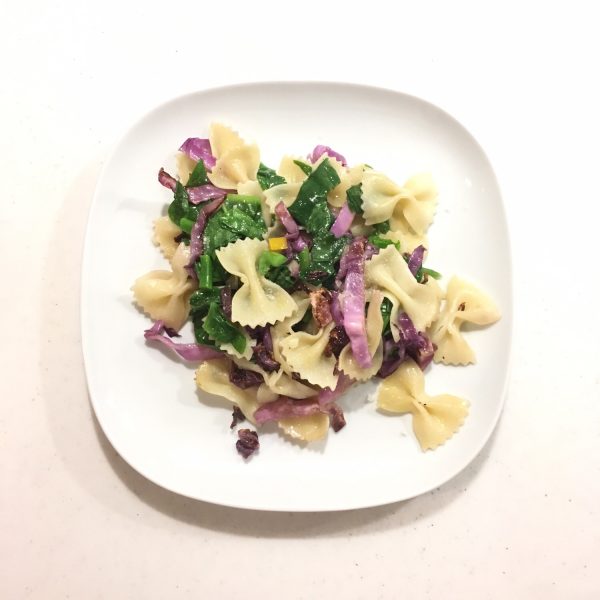Tonight I’m back home at 21:30, that’s the earliest I got home in quite some time. Though it’s only Wednesday our fridge is almost empty already: obviously I didn’t shop enough this weekend in the countryside. Yet I have a last one of these late summer giant and very ripe tomatoes, so I decided to make some tagliatelle with a tomato base sauce, shimeji and sage. And because it is early and A. won’t be back until the usual 22:00 I can work a few details: adding a carrot cut in small dice to the sauce to add more flavor, peeling the tomato to only have the creamy and juicy parts, cooking at low heat for a longer time to get the sage to perfume the sauce more profoundly. All these small things that I have a tendency to skip and that actually are important to obtain a better result in the plate and for the palate…
The little cubes of carrots and the mushrooms and the sage goes very well together I find. But to eat them with pasta I also find that the carrots shouldn’t take the first place, and therefore should be cut in tiny cubes. The sage thinly cut add a nice touch, but is better when the vegetables are slowly cooked until they almost caramelized, and then are deglazed in the final stage with a fragrant olive oil. Regarding tomato, there is indeed nothing more annoying than cooking tomatoes and ending up with small rolls of skin half attached or floating in a tomato sauce in particular. And tonight peeling the tomato had the bitter taste of sadness because I got used to do it while I was cooking with my friend K. when we visited her and her husband in the Tsunan mountains in Niigata, and this morning we just learned that S. has past…
